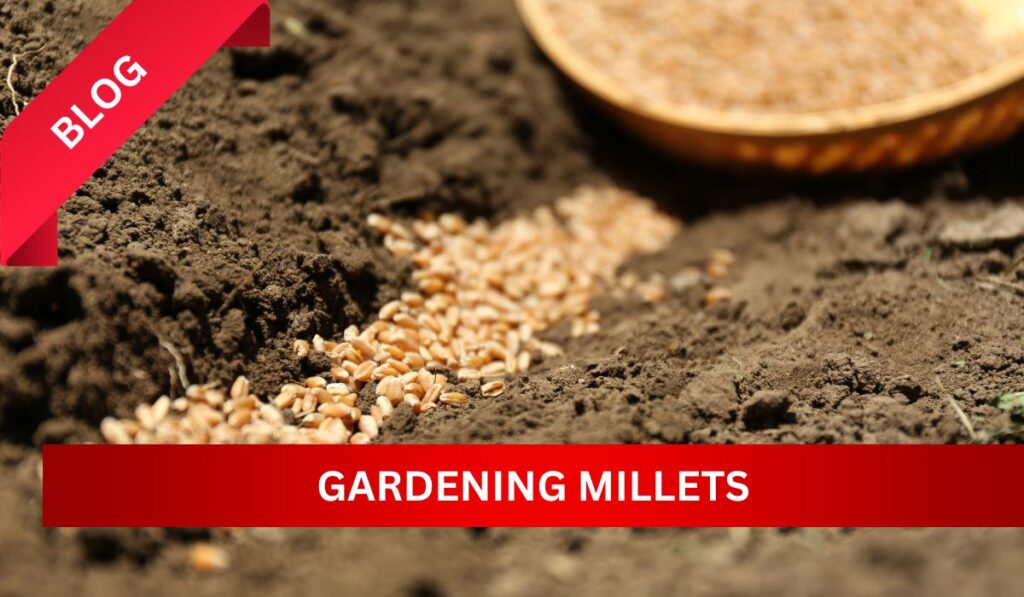Introduction
In today’s fast-paced world, where convenience often trumps nutrition, the idea of growing your own nutrient-rich grains at home might seem like a distant dream. However, with a bit of knowledge and a green thumb, you can turn that dream into a reality. In this blog post, we’ll explore the fascinating world of gardening with millets, allowing you to reap the benefits of these ancient grains right in your backyard.
Why Grow Millets at Home?
Before we dive into the how-tos of millet gardening, let’s understand why it’s worth the effort:
- Nutritional Prowess: Millets are nutrient powerhouses, rich in protein, fiber, vitamins, and minerals. By growing your own, you can ensure that your millets are fresh and free from pesticides and chemicals.
- Sustainability: Millets are environmentally friendly crops, requiring less water and resources compared to many other grains. Homegrown millets contribute to sustainable agriculture.
- Flavor and Variety: Homemade millets have a distinct, earthy flavor that adds depth to your meals. Plus, you can experiment with different millet varieties to suit your palate.
- Control Over Quality: When you grow millets at home, you have control over the quality and purity of your grains, ensuring they meet your high standards.
Getting Started
- Choose Your Millet Variety: There are several types of millets to choose from, such as pearl millet, foxtail millet, finger millet, and proso millet. Consider your local climate and soil conditions to pick the most suitable variety.
- Prepare the Soil: Millets thrive in well-draining soil with a pH level between 6.0 and 7.0. Ensure proper soil preparation by tilling the soil, removing weeds, and enriching it with organic matter like compost.
- Planting: Millets can be grown from seeds. Sow the seeds directly in the garden bed or pots, following the recommended spacing for your chosen variety. Water thoroughly after planting.
- Watering: Millets are drought-resistant but require regular watering until they establish themselves. Once they’re growing well, you can reduce the frequency of watering.
- Sunlight: Millets love sunlight. Ensure your garden bed or pots receive at least 6-8 hours of direct sunlight daily.
- Fertilization: Millets generally don’t require heavy fertilization. A balanced, slow-release fertilizer can be applied during the growing season if necessary.
- Pest and Disease Control: Keep an eye out for common pests and diseases in your area and take appropriate measures to protect your millet crop.
- Harvesting: Millets are ready for harvest when the grains have fully matured, and the stalks have turned brown or yellow. Cut the stalks at the base and allow them to dry completely.
- Threshing and Storage: Once dried, thresh the millets to separate the grains from the stalks. Store your homegrown millets in a cool, dry place in airtight containers.
Conclusion
Gardening with millets is a rewarding experience that connects you with the ancient traditions of cultivating these nutrient-rich grains. Not only do you get to enjoy the freshest and most flavorful millets possible, but you also contribute to sustainable agriculture and reduce your environmental footprint.
So, roll up your sleeves, get your gardening tools ready, and embark on a journey to grow your own nutrient-rich millets at home. It’s a step towards healthier eating, sustainable living, and the joy of nurturing something from seed to plate.

